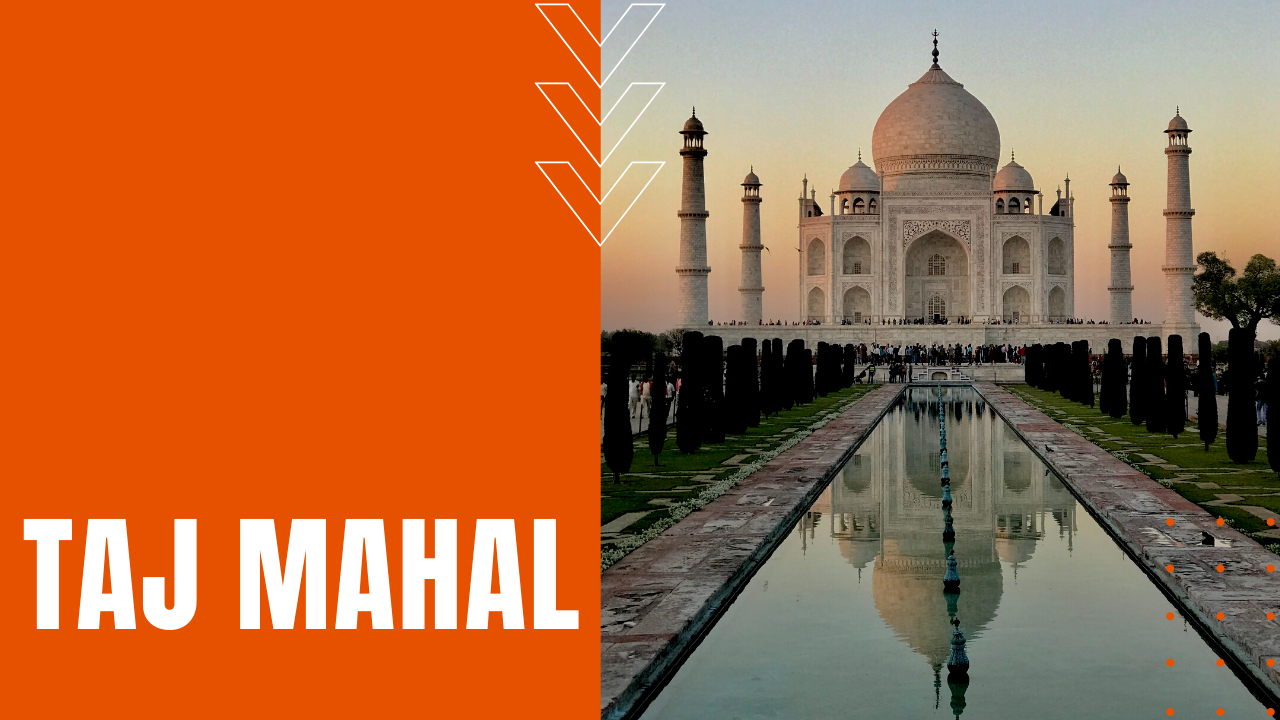Taj Mahal: Construction, Facts and History

When Mughal dynasty ruler, Shah Jahan, lost his favorite queen Mumtaz Mahal while giving birth to the couple’s 14th child, in 1631, the grieving ruler ordered the construction of a magnificent mausoleum along the Yamuna River, directly across from his royal palace at Agra.
When Was The Taj Mahal Built?
Construction began the following year under chief architect Ustad Ahmad Lahouri, an Indian of Persian ancestry who would later design the Red Fort at Delhi. For the next two decades, some 20,000 workers from India, Persia, Europe and the Ottoman Empire were brought in to build the mausoleum complex, along with more than 1,000 elephants used to haul the enormous blocks of white marble that make up the main facade.
Taj Mahal Facts
Named the Taj Mahal in honor of Mumtaz Mahal, semi-precious stones were inlaid into the marble, including turquoise, crystal, jade and amethyst, many forming an intricate design technique known as pietra dura. The Taj Mahal’s central dome reaches a height of 240 feet, while four slender minarets stand at the corners.
Verses from the Quran are inscribed in calligraphy at the arched entrances to the mausoleum, as well as a number of other areas in the complex. The Taj Mahal includes a main gateway of red sandstone, while a square garden area is divided by long pools of water. A red sandstone mosque and its jawab or mirror building sits directly across from the mosque.
Inside the Taj Mahal, an octagonal chamber decorated with carvings and semi-precious stone inlays makes up the cenotaph or false tomb, while Mahal’s real funeral burial room is hidden at the garden level. According to folklore, Shah Jahan planned on building a second mausoleum across the Yamuna River to house his own remains upon his death, connected to the Taj Mahal by a bridge, but after Shah Jahan’s third son deposed his ailing father in 1658, he was buried next to his beloved wife in the Taj Mahal after his death under house arrest in 1666.
Taj Mahal Disrepair and Restoration
Over the next two centuries, the Taj Mahal fell into disrepair due to neglect, until near the turn of the 19th century, when the British viceroy to India, Lord Curzon, ordered a major restoration in an effort to preserve India’s cultural heritage.
Today, some three million people visit the Taj Mahal each and every year, and while air pollution threatens the mausoleum’s glimmering white facade that seems to change color depending on the amount of sunlight, in 1998, India’s Supreme Court mandated a series of anti-pollution measures intended to protect the complex from further deterioration, including the closure of nearby factories and a traffic ban in the immediate vicinity of the complex, making the Taj Mahal one of the most celebrated symbols of India’s rich historical past.
